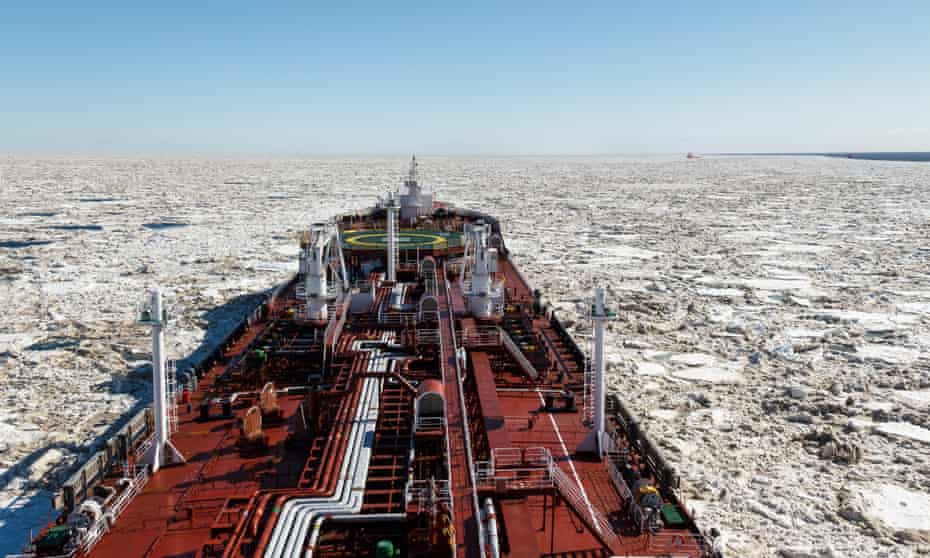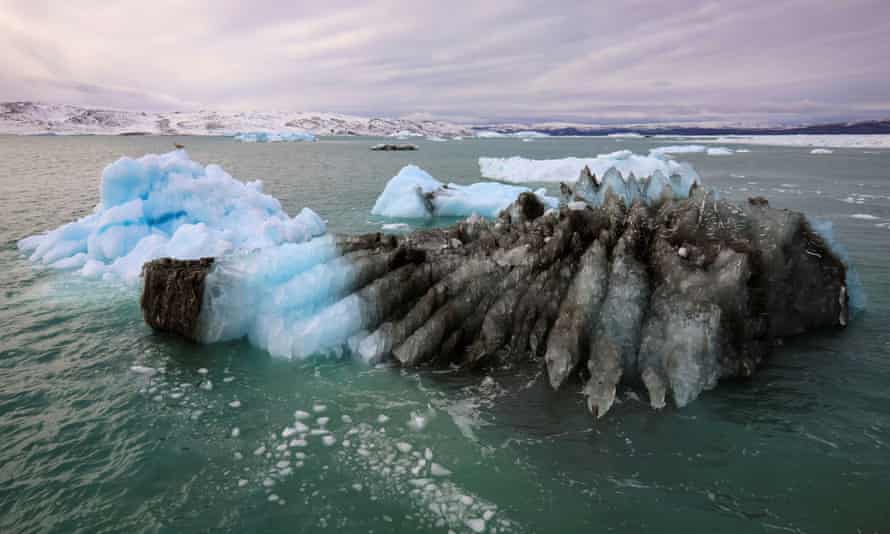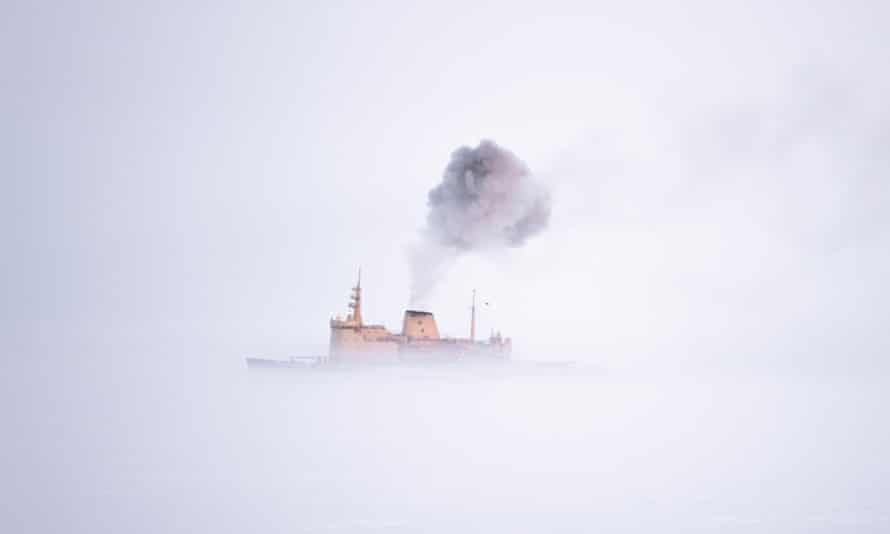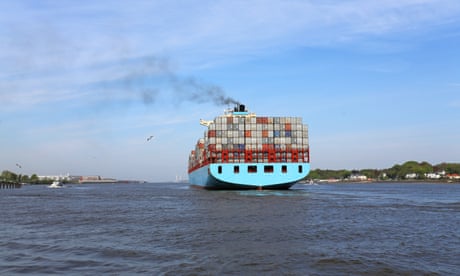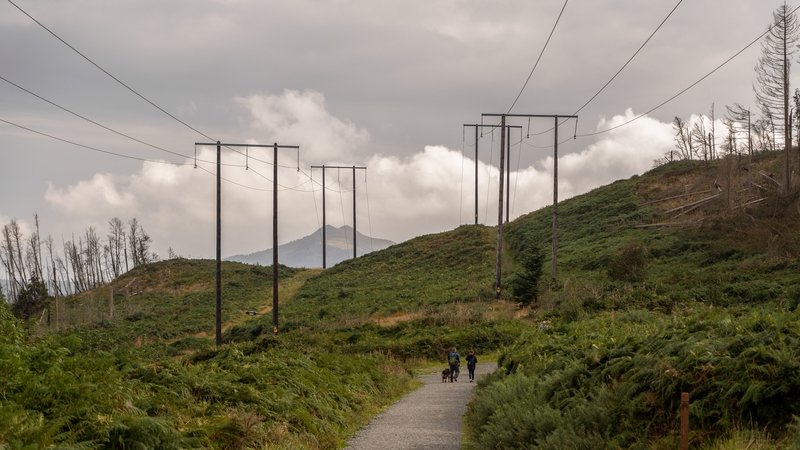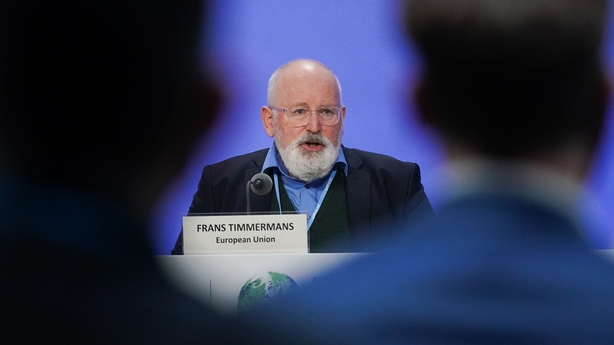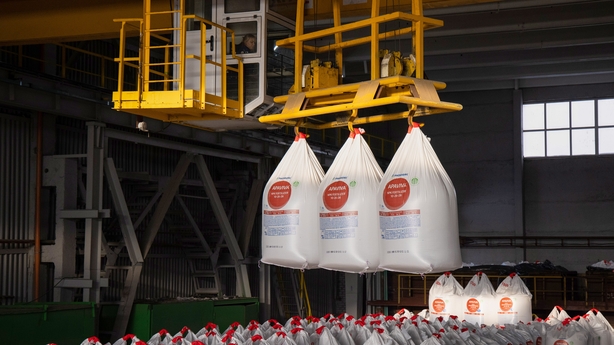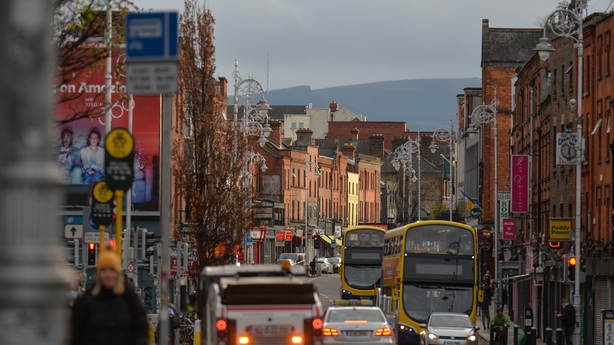
Democracies are making more progress than autocracies when it comes to climate action. But divestment campaigns can put pressure on the most recalcitrant of political leaders
Bill McKibben
@billmckibben
A conference hall the size of an aircraft carrier stuffed with displays from problematic parties (the Saudis, for example, with a giant pavilion saluting their efforts at promoting a “circular carbon economy agenda”).
Squadrons of delegates rushing constantly to mysterious sessions (“Showcasing achievements of TBTTP and Protected Areas Initiative of GoP”) while actual negotiations took place in a few back rooms.
Earnest protesters with excellent signs (“The wrong Amazon is burning”).
But as I wandered the halls and the streets outside, it struck me again and again that a good deal had changed since the last big climate confab in Paris in 2015 – and not just because carbon levels and the temperature had risen ever higher.
The biggest shift was in the political climate. Over those few years the world seemed to have swerved sharply away from democracy and toward autocracy – and in the process dramatically limited our ability to fight the climate crisis. Oligarchs of many kinds had grabbed power and were using it to uphold the status quo; there was a Potemkin quality to the whole gathering, as if everyone was reciting a script that no longer reflected the actual politics of the planet.
Now that we’ve watched Russia launch an oil-fired invasion of Ukraine, it’s a little easier to see this trend in high relief – but Putin is far from the only case. Consider the examples.
Brazil, in 2015 at Paris, had been led by Dilma Rousseff, of the Workers’ party, which had for the most part worked to limit deforestation in the Amazon. In some ways the country could claim to have done more than any other on climate damage, simply by slowing the cutting. But in 2021 Jair Bolsonaro was in charge, at the head of a government that empowered every big-time cattle rancher and mahogany poacher in the country. If people cared about the climate, he said, they could eat less and “poop every other day”. And if they cared about democracy, they could … go to jail. “Only God can take me from the presidency,” he explained ahead of this year’s elections.
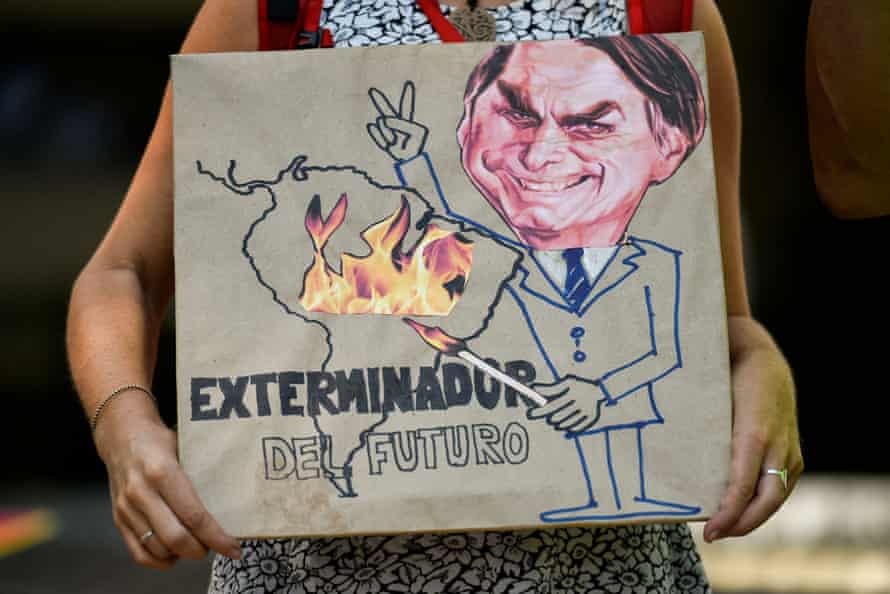
Or India, which may turn out to be the most pivotal nation given the projected increases in its energy use – and which had refused its equivalent of Greta Thunberg even a visa to attend the meeting. (At least Disha Ravi was no longer in jail).
Or Russia (about which more in a minute) or China – a decade ago we could still, albeit with some hazard and some care, hold climate protests and demonstrations in Beijing.
Or, of course, the US, whose deep democratic deficits have long haunted climate negotiations. The reason we have a system of voluntary pledges, not a binding global agreement, is that the world finally figured out there would never be 66 votes in the US Senate for a real treaty.
Joe Biden had expected to arrive at the talks with the Build Back Better bill in his back pocket, slap it down on the table, and start a bidding war with the Chinese – but the other Joe, Manchin of West Virginia, the biggest single recipient of fossil fuel cash in DC, made sure that didn’t happen. Instead Biden showed up empty-handed and the talks fizzled.
And so we were left contemplating a world whose people badly want action on climate change, but whose systems aren’t delivering it. In 2021 the UN Development Programme conducted a remarkable poll, across the planet – they questioned people through video-game networks to reach humans less likely to answer traditional surveys. Even amid the Covid pandemic, 64% of them described climate change as a “global emergency”, and that by decisive margins they wanted “broad climate policies beyond the current state of play”. As the UNDP director, Achim Steiner, summarized, “the results of the survey clearly illustrate that urgent climate action has broad support amongst people around the globe, across nationalities, age, gender and education level”.
The irony is that some environmentalists have occasionally yearned for less democracy, not more. Surely if we just had strongmen in power everywhere they could just make the hard decisions and put us on the right path – we wouldn’t have to mess with the constant vagaries of elections and lobbying and influence.
But this is wrong for at least one moral reason – strongmen capable of acting instantly on the climate crisis are also capable of acting instantly on any number of other things, as the people of Xinjiang and Tibet would testify were they allowed to talk. It’s also wrong for a number of practical ones.
Those practical problems begin with the fact that autocrats have their own vested interests to please – Modi campaigned for his role atop the world’s largest democracy on the corporate jet of Adani, the largest coal company in the subcontinent. Don’t assume for a minute that there’s not a fossil fuel lobby in China; right now it’s busy telling Xi that economic growth depends on more coal.
And beyond that, autocrats are often directly the result of fossil fuel. The crucial thing about oil and gas is that it is concentrated in a few spots around the world, and hence the people who live on top of or otherwise control those spots end up with huge amounts of unwarranted and unaccountable power.
Boris Johnson was just off in Saudi Arabia trying to round up some hydrocarbons – the day after the king beheaded 81 folks he didn’t like. Would anyone pay the slightest attention to the Saudi royal family if they did not possess oil? No. Nor would the Koch brothers have been able to dominate American politics on the basis of their ideas –when David Koch ran for the White House on the Libertarian ticket in 1980 he got almost no votes. So he and his brother Charles decided to use their winnings as America’s largest oil and gas barons to buy the GOP, and the rest is (dysfunctional) political history.
The most striking example of this phenomenon, it hardly need be said, is Vladimir Putin, a man whose power rests almost entirely on the production of stuff that you can burn. If I wandered through my house, it would be no problem to find electronics from China, textiles from India, all manner of goods from the EU – but there’s nothing anywhere that would say “made in Russia”. Sixty per cent of the export earnings that equipped his army came from oil and gas, and all the political clout that has cowed western Europe for decades came from his fingers on the gas spigot. He and his hideous war are the product of fossil fuel, and his fossil fuel interests have done much to corrupt the rest of the world.
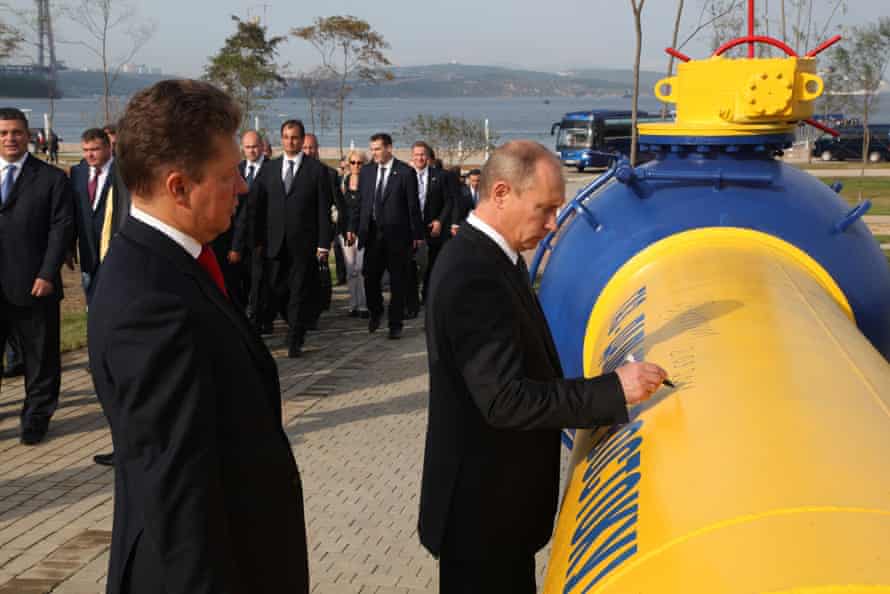
It’s worth remembering that Donald Trump’s first secretary of state, Rex Tillerson, wears the Order of Friendship, personally pinned on his lapel by Putin in thanks for the vast investments Tillerson’s firm (that would be Exxon) had made in the Arctic – a region opened to their exploitation by the fact that it had, um, melted. And these guys stick together: it’s entirely unsurprising that when Coke, Pepsi, Starbucks and Amazon quit Russia last month, Koch Industries announced that it was staying put. The family business began, after all, by building refineries for Stalin.
Another way of saying this is that hydrocarbons by their nature tend towards the support of despotism – they’re highly dense in energy and hence very valuable; geography and geology means they can be controlled with relative ease. There’s one pipeline, one oil terminal.
Whereas sun and wind are, in these terms, much closer to democratic: they’re available everywhere, diffuse instead of concentrated. I can’t have an oilwell in my backyard because, as with almost all backyards, there is no oil there. Even if there was an oilwell, I would have to sell what I pumped to some refiner, and since I’m American, that would likely be a Koch enterprise. But I can (and do) have a solar panel on my roof; my wife and I rule our own tiny oligarchy, insulated from the market forces the Putins and the Kochs can unleash and exploit. The cost of energy delivered by the sun has not risen this year, and it will not rise next year.
Hydrocarbons by their nature tend towards the support of despotism
As a general rule of thumb, those territories with the healthiest, least-captive-to-vested-interest democracies are making the most progress on climate change. Look around the world at Iceland or Costa Rica, around Europe at Finland or Spain, around the US at California or New York. So part of the job for climate campaigners is to work for functioning democratic states, where people’s demands for a working future will be prioritized over vested interest, ideology and personal fiefdoms.
But given the time constraints that physics impose – the need for rapid action everywhere – that can’t be the whole strategy. In fact, activists have arguably been a little too focused on politics as a source of change, and paid not quite enough attention to the other power center in our civilization: money.
If we could somehow persuade or force the world’s financial giants to change, that would yield quick progress as well. Maybe quicker, since speed is more a hallmark of stock exchanges than parliaments.
And here the news is a little better. Take my country as an example. Political power has come to rest in the reddest, most corrupt parts of America. The senators representing a relative handful of people in sparsely populated western states are able to tie up our political life, and those senators are almost all on the payroll of big oil. But money has collected in the blue parts of the country – Biden-voting counties account for 70% of the country’s economy.
That’s one reason some of us have worked so hard on campaigns like fossil fuel divestment – we won big victories with New York’s pension funds and with California’s vast university system, and so were able to put real pressure on big oil. Now we’re doing the same with the huge banks that are the industry’s financial lifeline. We’re well aware that we may never win over Montana or Mississippi, so we better have some solutions that don’t depend on doing so.
The same thing’s true globally. We may not be able to advocate in Beijing or Moscow or, increasingly, in Delhi. So, at least for these purposes, it’s useful that the biggest pots of money remain in Manhattan, in London, in Frankfurt, in Tokyo. These are places we still can make some noise.
And they are places where there’s some real chance of that noise being heard. Governments tend to favor people who’ve already made their fortune, industries that are already ascendant: that’s who comes with blocs of employees who vote, and that’s who can afford the bribes. But investors are all about who’s going to make money next. That’s why Tesla is worth far more than General Motors in the stock market, if not in the halls of Congress.
Moreover, if we can persuade the world of money to act, it’s capable of doing so quickly. Should, say, Chase Bank, currently the biggest lender on earth to fossil fuel, announce this year that it was quickly phasing out that support, the news would ripple out across stock markets in the matter of hours. That’s why some of us have felt it worthwhile to mount increasingly larger campaigns against these financial institutions, and to head off to jail from their lobbies.
The world of money is at least as unbalanced and unfair as the world of political power – but in ways that may make it a little easier for climate advocates to make progress.
Putin’s grotesque war might be where some of these strands come together. It highlights the ways that fossil fuel builds autocracy, and the power that control of scarce supplies gives to autocrats. It’s also shown us the power of financial systems to put pressure on the most recalcitrant political leaders: Russia is being systematically and effectively punished by bankers and corporations, though as my Ukrainian colleague Svitlana Romanko and I pointed out recently, they could be doing far more. The shock of the war may also be strengthening the resolve and unity of the world’s remaining democracies and perhaps – one can hope – diminishing the attraction of would-be despots like Donald Trump.
But we’ve got years, not decades, to get the climate crisis under some kind of control. We won’t get more moments like this. The brave people of Ukraine may be fighting for more than they can know.
This story is published as part of Covering Climate Now, a global collaboration of news outlets strengthening coverage of the climate story
